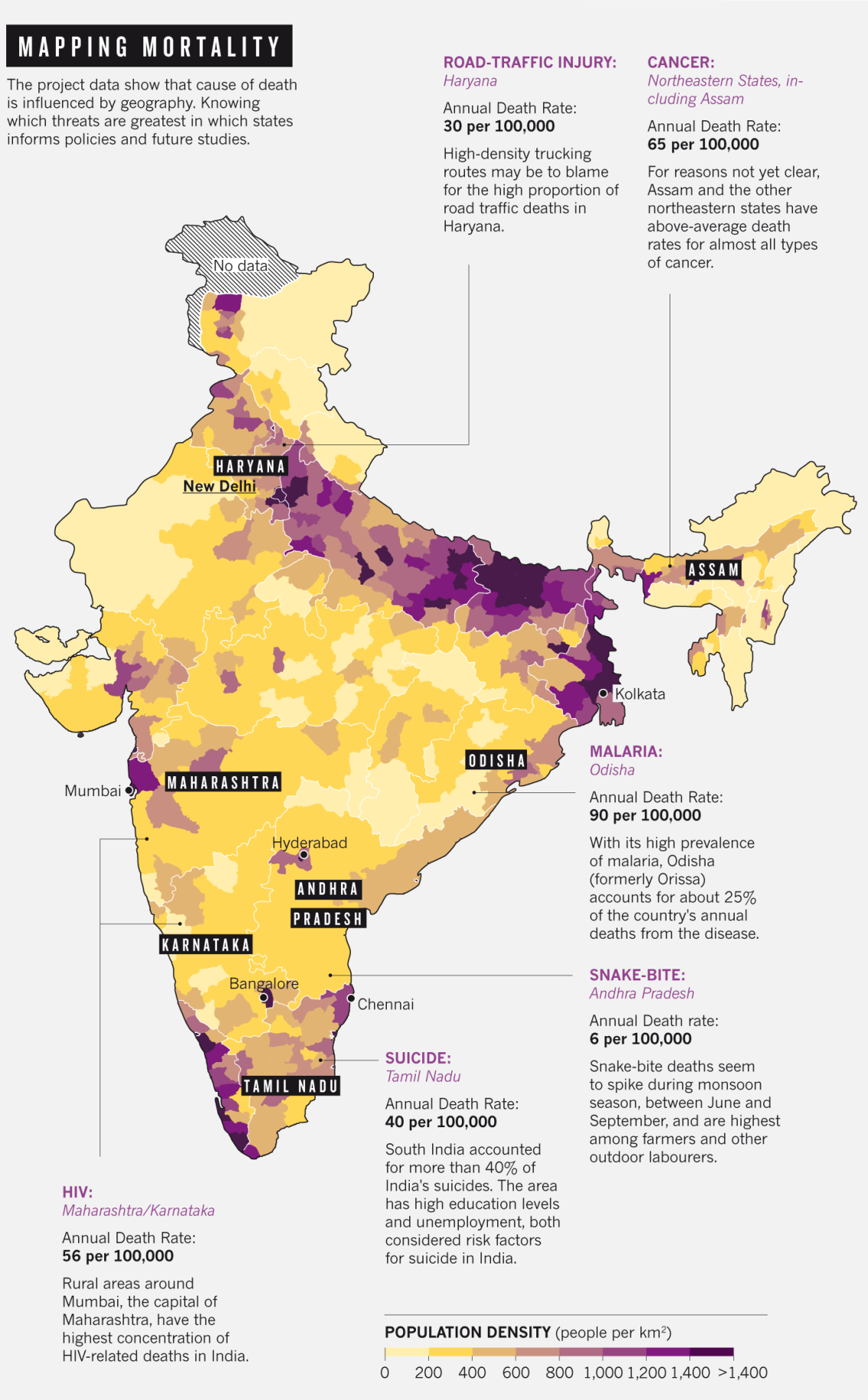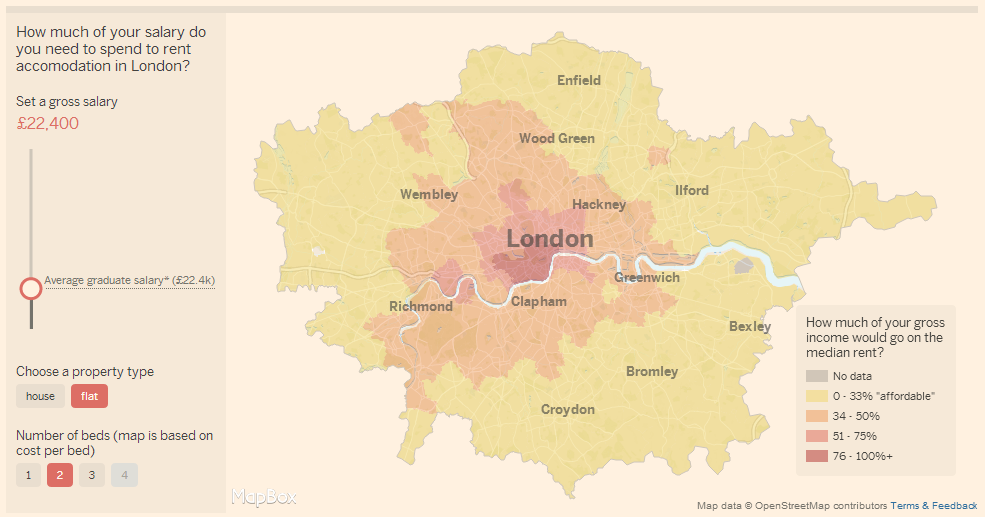Among the Best Scientific Visualizations of 2013 (by Brandon Keim), one particular paper attracted my attention as the authors analyze the encounter network of bus passengers in Singapore. Here is the paper:
Abstract:
Understanding of the mechanisms driving our daily face-to-face encounters is still limited; the field lacks large-scale datasets describing both individual behaviors and their collective interactions. However, here, with the help of travel smart card data, we uncover such encounter mechanisms and structures by constructing a time-resolved in-vehicle social encounter network on public buses in a city (about 5 million residents). Using a population scale dataset, we find physical encounters display reproducible temporal patterns, indicating that repeated encounters are regular and identical. On an individual scale, we find that collective regularities dominate distinct encounters’ bounded nature. An individual’s encounter capability is rooted in his/her daily behavioral regularity, explaining the emergence of “familiar strangers” in daily life. Strikingly, we find individuals with repeated encounters are not grouped into small communities, but become strongly connected over time, resulting in a large, but imperceptible, small-world contact network or “structure of co-presence” across the whole metropolitan area. Revealing the encounter pattern and identifying this large-scale contact network are crucial to understanding the dynamics in patterns of social acquaintances, collective human behaviors, and—particularly—disclosing the impact of human behavior on various diffusion/spreading processes.






+Urban+Modelling+-+urban+demographics.JPG)


+Leviathan.JPG)
